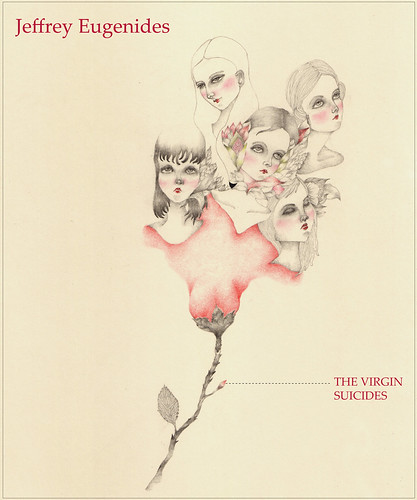
Minot, Susan. Monkeys. A Washington Square Press Publication of POCKET BOOKS, a division of Simon & Schuster, Inc.: New York. 1986.
Susan Minot is an American novelist, poet and short-story writer. She has published five books, including Folly and Rapture. She has also written a screenplay adaptation for Stealing Beauty as well as the screenplay for her book, Evening. Minot’s first novel, Monkeys, won the Prix Femina award in 1988. She has also won the O. Henry Prize and the Pushcart Prize for her writing. Most of Minot’s writing is considered minimalist, which is where the work is stripped down to its most fundamental features. In an interview, Minot said she was learning how to write short stories when she wrote Monkeys. “…(I was) learning how to polish and be as brief as possible, which is an aesthetic that I prefer,” she said. “If you can say it in a shorter amount of time, that's better.” (Weich, Dave. “Back in Bed with Susan Minot.” Powells.com. 2002)
In order to write minimally in Monkeys, Minot used symbolism to represent aspects of the characters.
The first sentence is foreshadowing the end of the book when the children and their father throw their mother’s ashes into the thorofare. Obviously, in that action, they couldn’t hear any noise either. Silence, as mentioned in the second sentence as “no sound,” is often equated with death in literary terms. Throughout the book, the children, also known as monkeys, constantly talk and make noise. But they fall quiet when something serious happens. In the section where they discover their mother is dead, Minot writes that they are quiet. In that way, the silence interrupts all the background noise.
Not only is the first sentence foreshadowing their mother’s death, but it also describes their progress through life. The stones are metaphors for the children, who throw themselves into the darkness, entrusting themselves to faith, and wait to see where they will end up. This passivity is noted in their listening to hear the stones land.
The confusion about blindly going through life is a theme in the book. All the children rotate between living alone and returning home. In one scene, Caitlin pressures Sherman to get a job, and he responds that he will, hopefully, find one. Sherman embodies the Vincent children’s progression. Instead of focusing on a goal, he merely goes through life without paying much attention to it. He does not orchestrate his own fate. This numbness is depicted through the nightly intake of marijuana among most of the children, especially Sherman. The idea that the Vincent children are being lead through life, instead of leading themselves, is also evident in the last sentence of the book where Minot writes, “…following at one another’s heels, no one with the slightest idea, when they raised their heads and looked around, of where to go next.” (Minot 159)
In the quote’s second sentence, Minot writes that the darkness swallows the stones because death and depression swallows the family. However, she chooses to say the “darkness swallows” instead of “the stones descend.” There are several fitting definitions for the word “swallow,” which are “to accept without question or suspicion,” “to accept without opposition” and “to suppress.” The Vincent children accept life’s problems without complaint. They also tend to suppress their issues, like their mother, who they saw crying when she thought she was alone.



